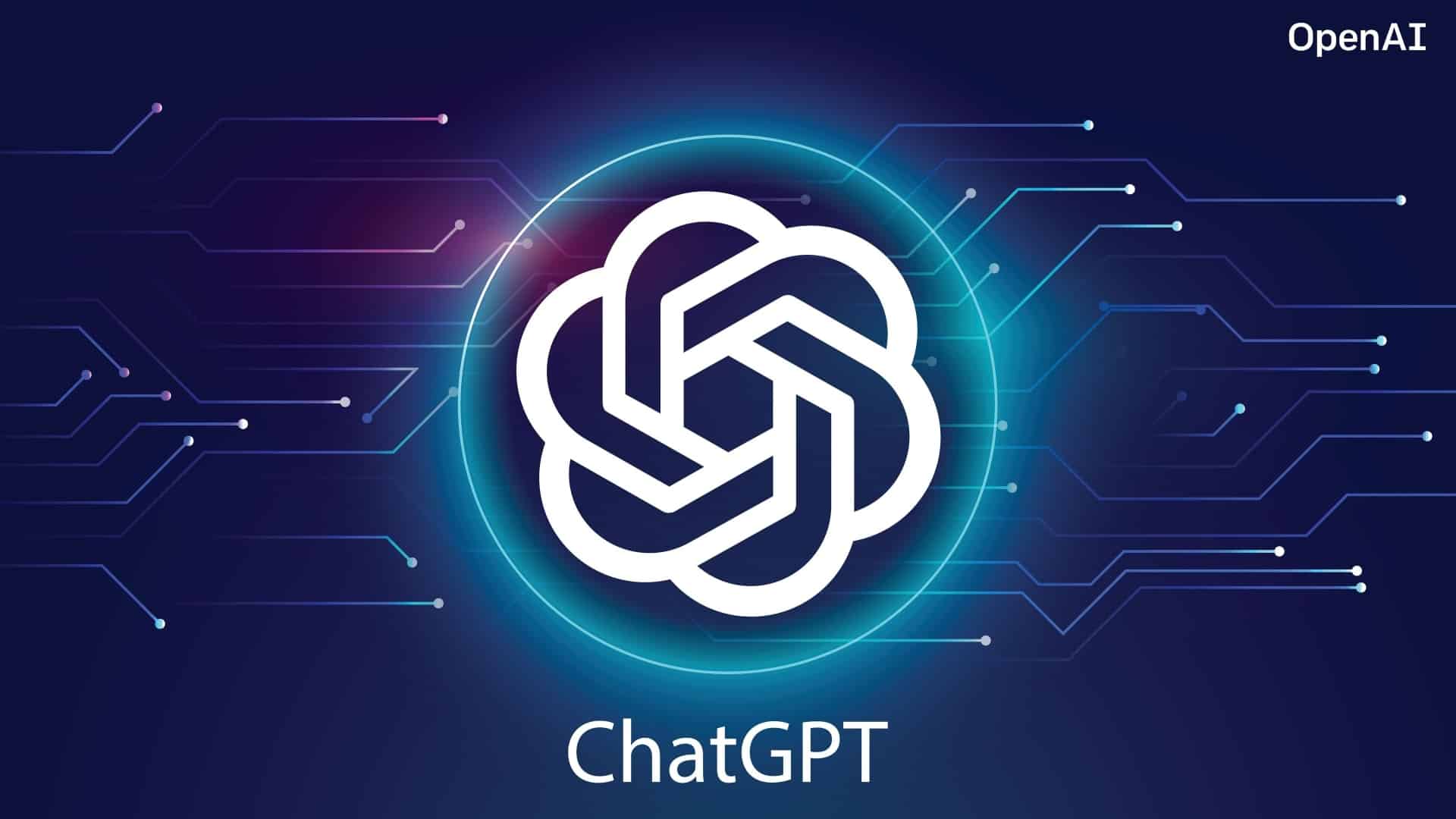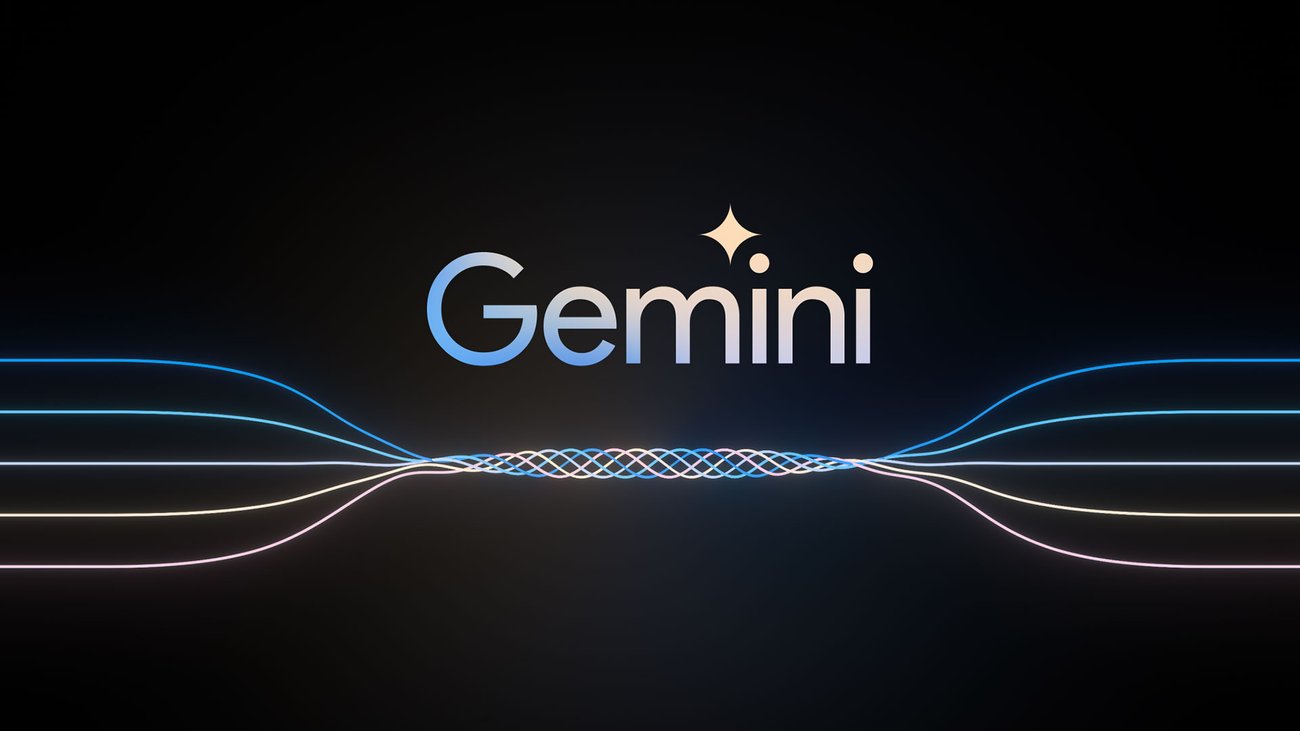Understanding ChatGPT : A Comprehensive Guide
ChatGPT has rapidly gained popularity as an AI language model capable of engaging in human-like conversations. Whether you’re looking for assistance with writing, brainstorming ideas, or simply seeking information, it can be a valuable tool. This blog will explore how to use this, its purpose, advantages, disadvantages, and ways it can be helpful in various contexts.
How to Use ChatGPT
Using ChatGPT is straightforward. Here’s a step-by-step guide:
- Choose a Platform: ChatGPT can be accessed through various platforms, including websites and mobile applications. Ensure you’re using a reputable service.
- Start a Conversation: Simply type your query or message in the chat box. You can ask questions, request information, or seek advice.
- Be Specific: The more specific your input, the better the output. Instead of asking, “Tell me about history,” consider asking, “What were the main causes of World War I?”
- Interact: Feel free to ask follow-up questions or request clarifications. It is designed to maintain context, making conversations fluid and engaging.
- Experiment: Try different types of queries, such as asking for summaries, explanations, or creative writing. This will help you discover the model’s versatility.
Methods
The model was trained using Reinforcement Learning from Human Feedback (RLHF), incorporating techniques similar to those in InstructGPT, but with some adjustments in the data collection process. Initially, the training involved supervised fine-tuning, where human AI trainers conducted conversations, playing both the user and the AI assistant. To support them in crafting their responses, they were given access to suggestions generated by the model. This newly created dialogue dataset was then merged with the InstructGPT dataset, reformatted into a conversational style.
To develop a reward model for reinforcement learning, it was necessary to gather comparison data that ranked multiple model responses by quality. This involved analyzing conversations between the AI trainers and the chatbot. A model-generated message was randomly selected, and several alternative responses were sampled, with trainers asked to rank these options. The resulting reward models were then utilized to fine-tune the model through Proximal Policy Optimization, a process that was iteratively repeated to enhance performance.
From below image you can understand how it works .

For more details click here
Purpose of ChatGPT
ChatGPT serves multiple purposes:
- Information Retrieval: It provides information on a wide range of topics, making it a handy tool for quick facts or deeper understanding.
- Writing Assistance: Whether you need help with grammar, structure, or generating ideas, it can assist in creating compelling content.
- Creative Partner: It can brainstorm ideas for stories, essays, or projects, offering fresh perspectives that can spark creativity.
- Language Learning: For those learning a new language, ChatGPT can help practice conversation and provide explanations for grammatical concepts.
Advantages of ChatGPT
- 24/7 Availability: Unlike human assistants, this is available round the clock, providing immediate responses at any time.
- Versatility: It can handle a wide array of topics, from technical subjects to creative writing, making it a multifunctional tool.
- Cost-Effective: Many platforms offer free or affordable access to ChatGPT, making it accessible for individuals and businesses alike.
- Enhanced Productivity: By assisting with tasks like drafting emails or generating ideas, ChatGPT can help users save time and increase efficiency.
- Continuous Learning: ChatGPT is constantly updated and improved, ensuring that it stays relevant and knowledgeable.
Disadvantages of ChatGPT
- Accuracy Issues: While ChatGPT is often accurate, it can produce incorrect or misleading information. Users should verify critical facts.
- Lack of Human Emotion: Although it can simulate conversation, it lacks genuine empathy and emotional understanding.
- Dependence: Over-reliance on AI for creative or critical thinking may hinder personal growth and problem-solving skills.
- Privacy Concerns: Conversations may be stored or analyzed for improving the model, raising concerns about user privacy.
- Context Limitations: While it can maintain context within a conversation, it may struggle with highly nuanced or complex discussions.
How ChatGPT Can Be Helpful
- Educational Support: Students can use this to clarify concepts, get homework help, or practice languages.
- Business Applications: Companies can leverage ChatGPT for drafting reports, generating marketing content, or answering customer inquiries.
- Creative Projects: Writers can find inspiration or feedback on their work, making the creative process smoother.
- Personal Organization: ChatGPT can assist in creating to-do lists, setting reminders, or brainstorming personal goals.
- Entertainment: Engaging with ChatGPT can be a fun way to explore new ideas, play text-based games, or simply have a light-hearted chat.
read other interesting articles on AI
Conclusion
It’s is a powerful tool that can enhance productivity, creativity, and learning. While it comes with its own set of challenges, its advantages often outweigh the disadvantages when used thoughtfully. By understanding how to interact with ChatGPT effectively, you can unlock a world of possibilities and make the most out of this innovative technology. Whether for personal use, education, or business, it can be a valuable companion in today’s fast-paced digital landscape.










